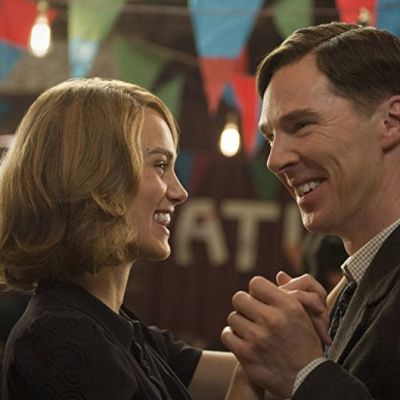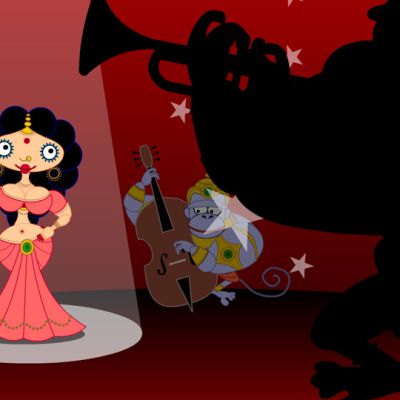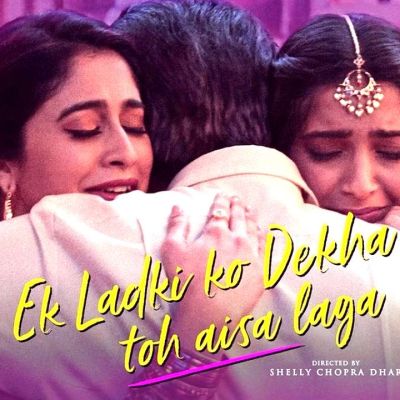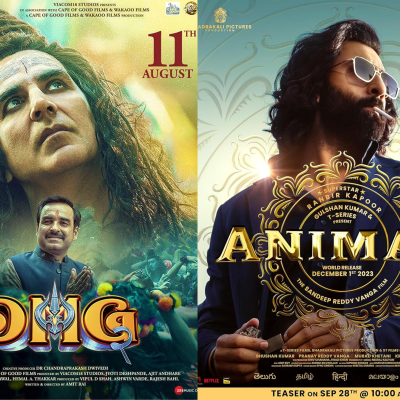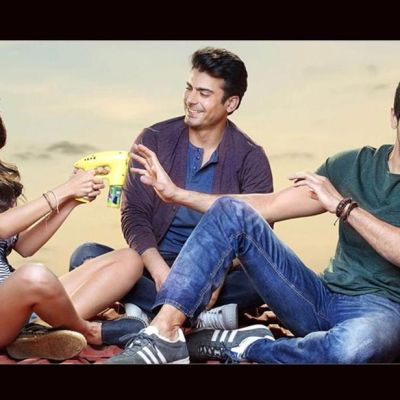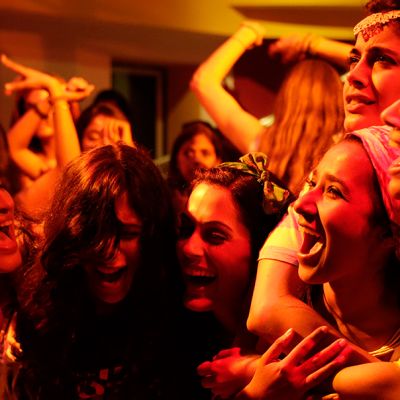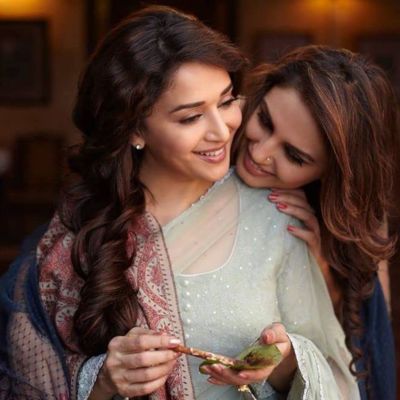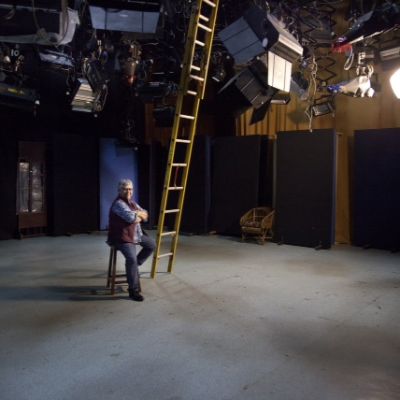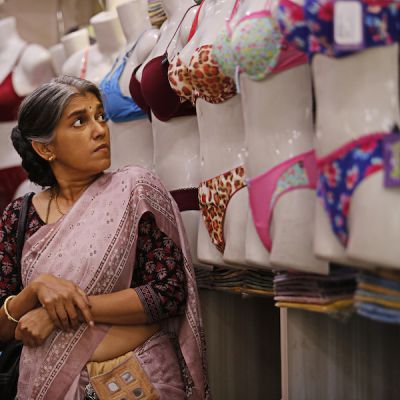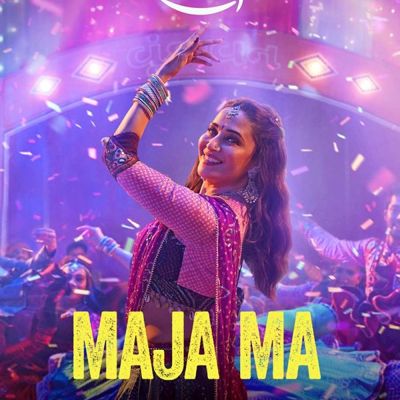Films
‘How can she claim to be deaf if she doesn’t use sign language?’ ‘I’m glad this film has articulated the…
अंत में, मुझे तो फिल्में विषयों और परिस्थितियों को एक अन्य अंदाज़ से देखने का अवसर देती हैं। मैंने फिल्मों को देखकर शरीर और इसकी इच्छाओं के बारे में बहुत कुछ जाना है – मैंने समझा है कि दर्द जो कुछ लोगों के लिए दर्द होता है, वही दूसरों के लिए आनंद के स्रोत बन सकता है। मैंने यह भी जाना है कि पैसे का लेन–देन करके किया जाने वाला सेक्स हमेशा अपराध नहीं होता और यह कि सभी लोग आनंद का अनुभव करते हैं और कर सकते हैं।
Sita Sings the Blues is an animated retelling of the Ramayana, an ancient Indian epic about the Hindu god Rama…
People looking for queer plots in Bollywood are sometimes disappointed, as the focus on marriage in many films seems to suggest that Bollywood is a conservative genre invested in sanctifying reproductive heteronormativity.
The first sensations that we experience are related to and derived from our body. It is a site of experience, expression and contemplation. The body is a means of voicing our deepest realisations, but how others visualise it can be a source of intense pain.
We decided to watch Animal and OMG 2 and found that both the movies bring up many of the issues that we work on.
When representing sexuality, these stories went beyond dramatic and one-dimensional representations of sex and sexual orientation.
The women in Parched (2015) are sitting and chatting, seemingly free from their daily oppression for once, when a cell…
The film has all the makings and trimmings of a commercial thriller – a dynamic story, song and dance, an action-packed climax – and at the same time, it is a cinephile’s film.
Both fiction and non-fiction are capable of great complexity if the making is in the hands of someone capable and complex. I have always held that good films – fiction, non-fiction or hybrid– emerge not from a familiarity with the subject, though that’s essential – but an understanding of the language of cinema.
Alankrita Shrivastava made her directorial debut with the film ‘Turning 30!!!’ (2011) and has been committed to telling stories about women from a woman’s perspective. Her second and most recent film ‘Lipstick Under My Burkha’ (2016) has received international recognition and is slated to release in India in early 2017.
Female sexuality isn’t in the closet any more. If you look at the spate of films that have been released in the past couple of years, they seem to tell us that women mouth expletives, watch porn and don’t mind talking about orgasms—things taken for granted when it comes to men.
Friendship – a place where we can be ourselves as we truly are, with no artifice. A place of peace,…
Indian films have for long fed into as well as mirrored social and cultural practices. Many of them depict a woman as being restricted to the kitchen and serving delicacies during festivities.
This reconciliation between Pallavi’s public (seemingly) heterosexual and closeted lesbian identities points to a distinctly Indian way of avoiding polarities through a new social arrangement where both identities are allowed the space to flourish.


